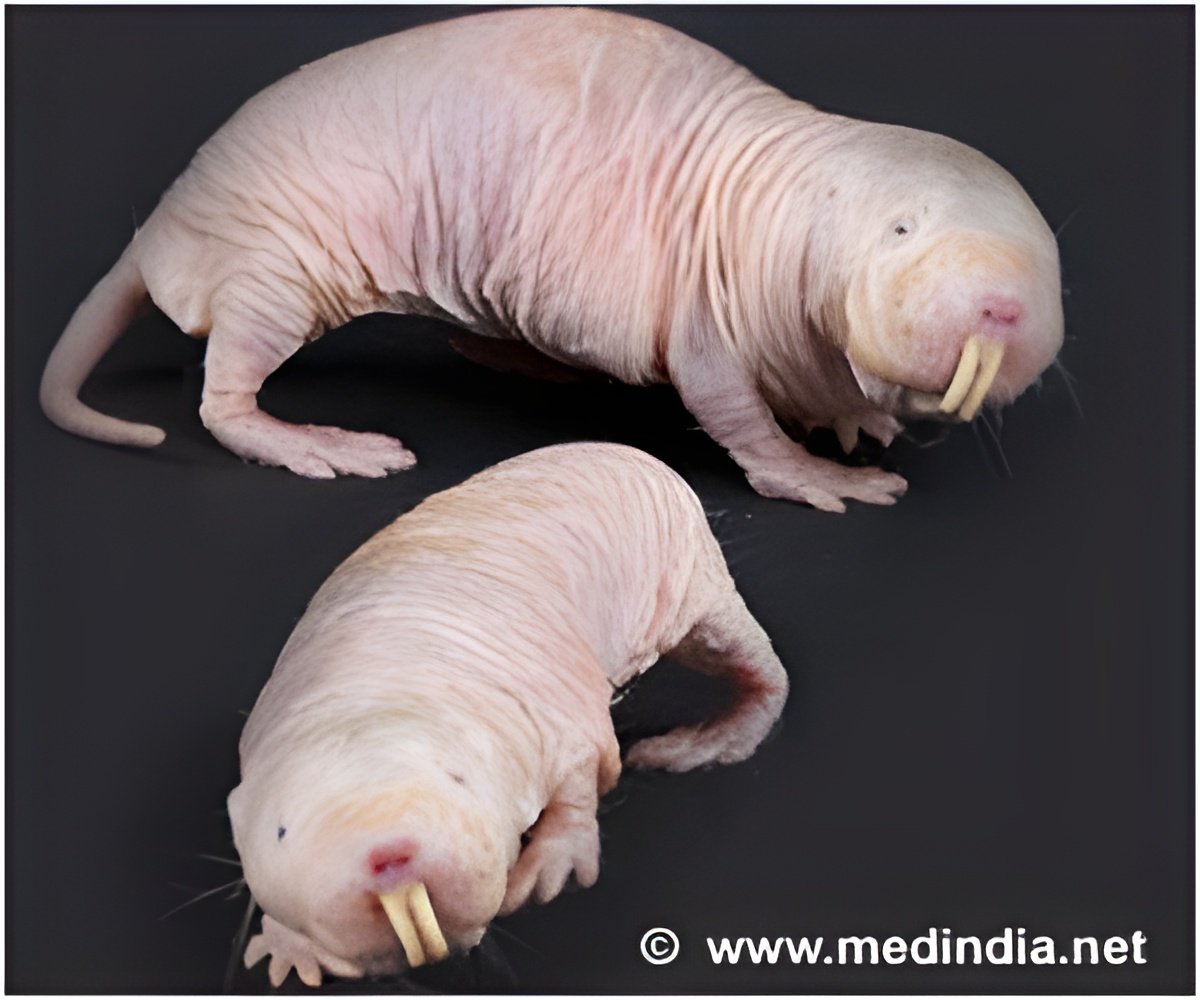
And compared to the human body, the body of this rodent shows little decline due to aging, maintaining high activity, bone health, reproductive capacity, and cognitive ability throughout its lifetime.
Dr. Dorothee Huchon of Tel Aviv University's Department of Zoology, Prof. Rochelle Buffenstein of the University of Texas Health Science Center in San Antonio, and Dr. Yael Edrey of the City College of New York are working together to determine whether the naked mole rat's unusually high levels of NRG-1, a neuroprotecting protein, is behind the mammal's three-decade life span.
Because rodents have an 85 percent genetic similarity to humans, it may hold the key to a longer and healthier life for us as well.
Genetic analysis comparing the mole rat with several other rodent species revealed that high levels NRG-1 in adults correlated with a longer life span. Of all the species the researchers studied, the naked mole rat had the most plentiful and long-lasting supply of the protein, maintaining a consistent level throughout its lifetime. It is concentrated in the cerebellum, the part of the brain important to motor control.
Dr. Huchon, an evolutionary biologist, joined the project to lend her expertise on rodent genetics. She studied seven species of rodents, including guinea pigs, mice, and mole rats, to determine the genetic relationships between them. Her analysis revealed that the correlation between life span and NRG-1 levels was independent of evolutionary lineage - meaning that it was unique to the naked mole rat, not a common trait of these rodent species.
Advertisement
This discovery is an important first step towards understanding how aging - and the NRG-1 protein in particular - functions in these interesting animals, said Dr. Huchon.
Advertisement
The naked mole rat, a burrowing rodent that lives in colonies much like those of ants, has already proven to be an excellent tool for aging and biomedical research because it is resistant to cancer and maintains protein integrity in the brain despite being exposed to oxidative damage, Dr. Huchon noted.
This research has been published in the journal Aging Cell.
Source-ANI









